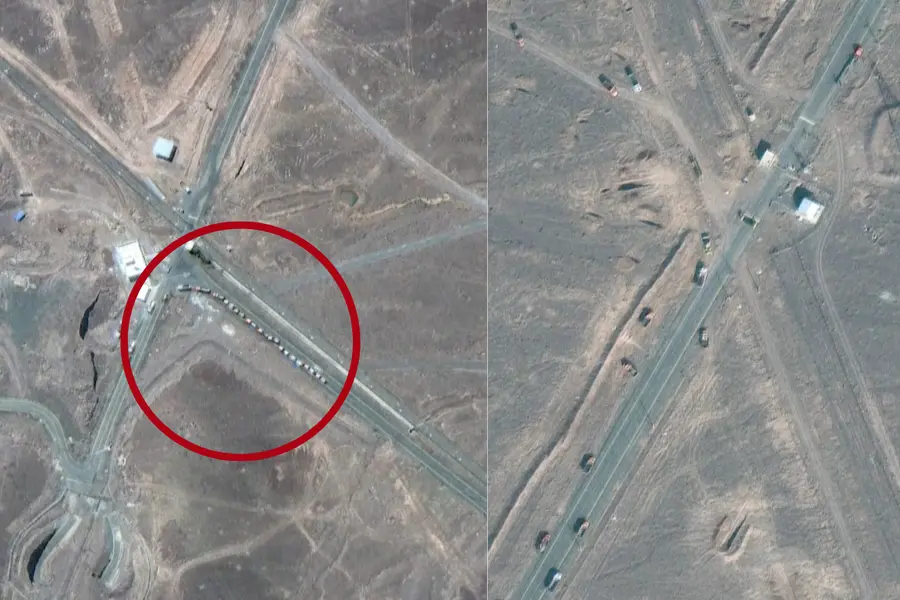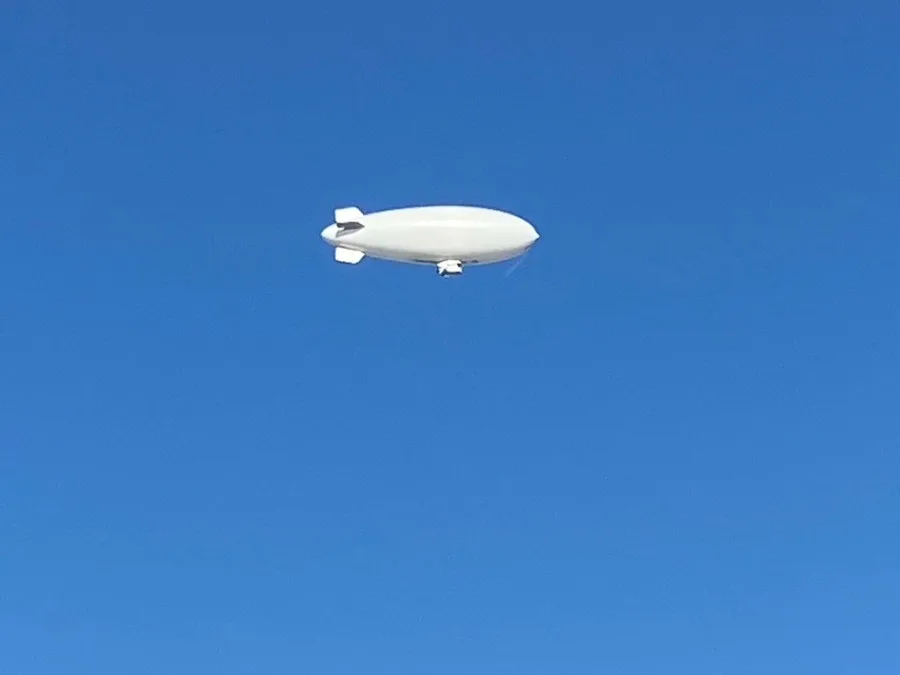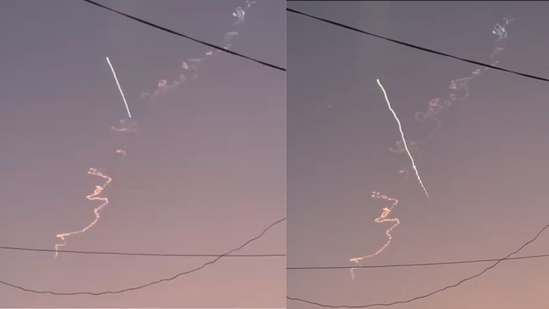Now Reading: Satellite Images Reveal US May Have Avoided Striking Iran’s Nuclear Sites During Recent Tensions
-
01
Satellite Images Reveal US May Have Avoided Striking Iran’s Nuclear Sites During Recent Tensions
Satellite Images Reveal US May Have Avoided Striking Iran’s Nuclear Sites During Recent Tensions

New satellite images have sparked global attention, suggesting that the United States may have deliberately avoided targeting Iran’s nuclear reactors during recent military tensions. The visuals show no visible damage to key nuclear facilities, raising questions about Washington’s strategic choices. As tensions continue to rise in West Asia, this development holds important implications for global security—and for India’s economic and geopolitical interests in the region.
No Damage to Iran’s Nuclear Infrastructure
Recent satellite imagery has shown that Iran’s primary nuclear facilities remain intact following US-linked military activity in the region. Despite earlier speculation that Iran’s reactors might be targeted in response to regional escalations, the pictures reveal no signs of airstrikes or explosions near these sensitive sites.
This has led analysts to believe that the US may have intentionally chosen to avoid striking these locations, possibly to prevent further escalation or environmental fallout.
A Strategic Move or a Missed Opportunity?
Experts are divided on whether the move was a sign of restraint or a missed opportunity. On one hand, avoiding nuclear sites could be viewed as a responsible decision aimed at containing the crisis and avoiding mass destruction. On the other hand, critics argue that allowing Iran to keep its nuclear facilities operational may give it more leverage in future conflicts.
The US has not officially commented on these specific satellite findings, but military insiders suggest that highly sensitive locations like nuclear reactors are typically treated with extreme caution during armed operations.
India’s Stake in the Region
For India, which has strong ties with both the US and Iran, this development is significant. Many Indian oil imports once came from Iran, and geopolitical instability in the region affects trade routes and energy pricing. Tier 2 cities like Nagpur, Surat, and Coimbatore that depend on Gulf-linked businesses could be impacted by any further escalation.
Additionally, with a large number of Indian workers in the Gulf and Middle East, any major military action could have humanitarian consequences and lead to the need for evacuations or emergency support.
Concerns Over Global Nuclear Security
This incident also highlights broader concerns about nuclear security during active conflicts. While Iran maintains its nuclear program is for peaceful purposes, fears about weaponisation remain. If strikes were ever to hit these reactors, the fallout could be catastrophic—not just for Iran, but for neighbouring countries and global markets.
India, which maintains a non-interventionist foreign policy in such matters, continues to advocate for diplomatic solutions and nuclear disarmament, while keeping a close watch on developments.
Conclusion
The satellite images showing untouched Iranian nuclear sites offer a glimpse into the careful calculations shaping military strategies in volatile regions. While the US may have chosen restraint, the tensions remain high, and the world is far from stability. For India and its citizens—especially those with lives or livelihoods connected to the Gulf—the coming days will require vigilance, preparation, and close diplomatic engagement.

























